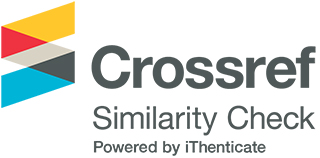Time Perspectives as The Predictors of Online Self-Regulated Learning
DOI:
https://doi.org/10.33422/jelr.v1i2.73Keywords:
self-regulated strategies, metacognitive activities, time perspectives, future orientation, hierarchical regressionAbstract
Digital education considerably requires active participation of students in the learning process, the application of self-regulated learning activities for the attainment of successful learning results. The aim of the present study is the investigation of time perspectives as the predictors of online self-regulated learning. In our study 210 Transylvanian students participated, from the Babes-Bolyai University, Faculty of Psychology and Educational Sciences. Students’ demographic characteristics were recorded, for the assessment of self-regulation the Self-regulated Online Learning Questionnaire - Revised was applied and time perspectives of students were measured by the Zimbardo Time Perspective Inventory. A correlational, cross-sectional design was used. On the basis of the results of hierarchical regression, in our first model demographic characteristics explained 5% of the variance for the application of self-regulation activities. In our second model, controlling demographic variables, time perspectives explained an additional 33% of the variance for self-regulation. Self-regulated learning strategies are predicted among demographic characteristics by students’ gender, age and online learning, while out of time perspectives only future orientation proved to be a significant predictor. Females, older students, participants attending online education and higher future orientation apply to a higher degree the self-regulated learning strategies as males, younger students and participants with lower scores at future orientation.











